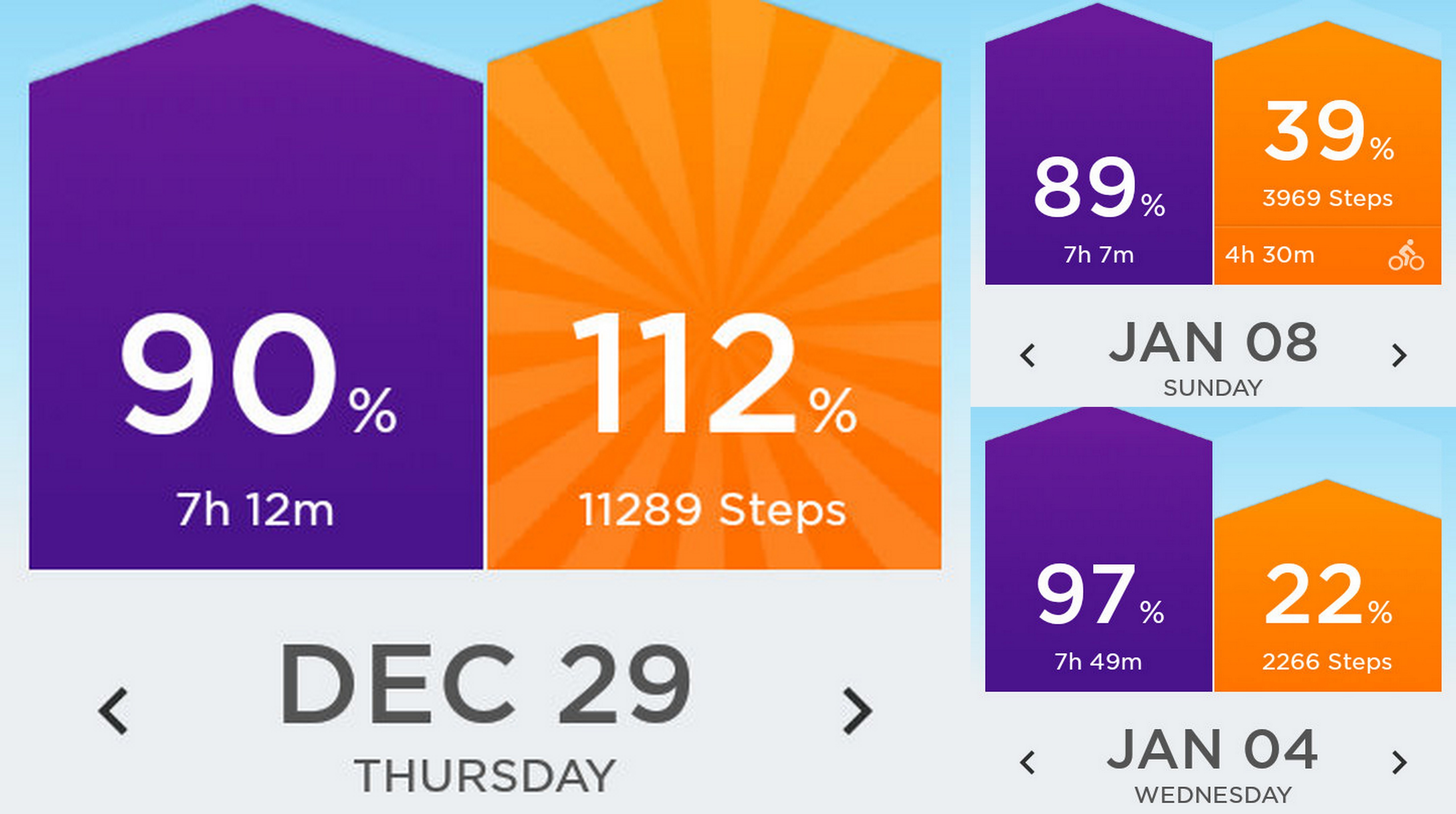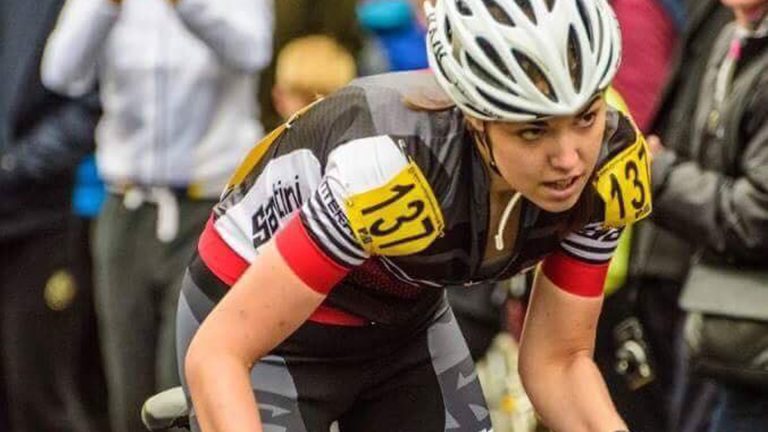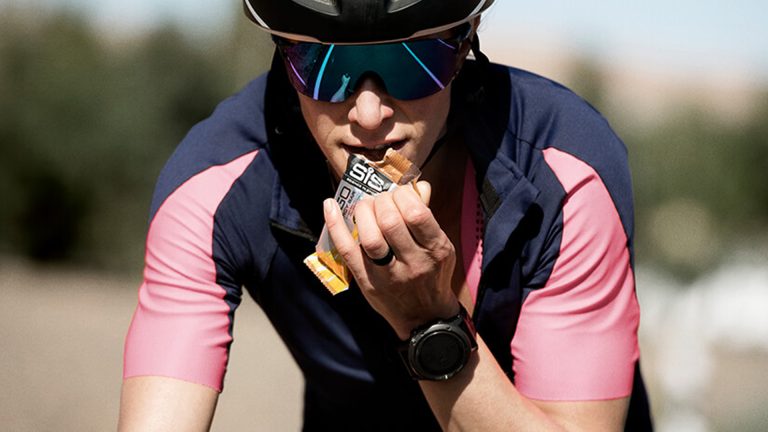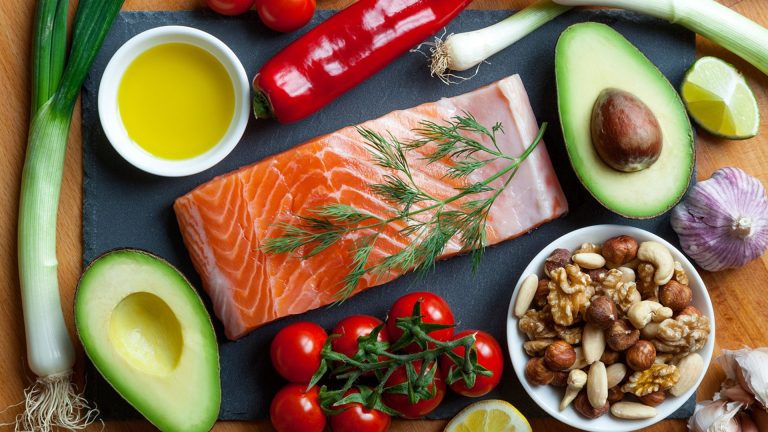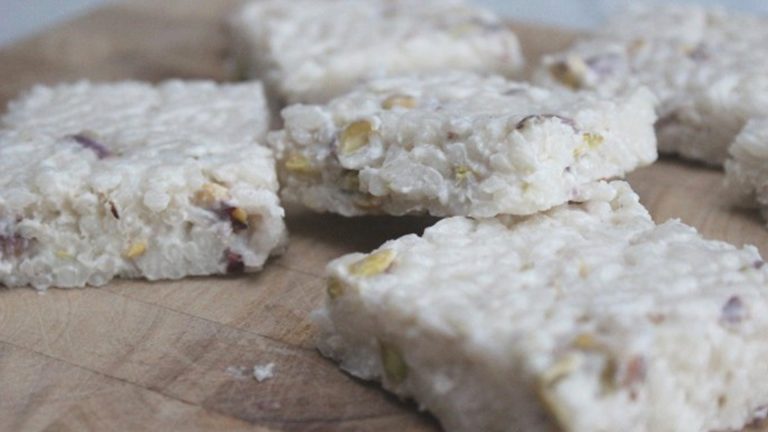On Christmas day, I unwrapped a brand new piece of jewellery. It was predominantly purple, had a little sparkle, and a catch that was incredibly hard to do-up; in many respects it had the characteristics of a normal wrist accessory.
However, this shiny little new companion wasn’t just a pretty face – it was a Jawbone UP2.
Fitness trackers are nothing new – they’ve been logging the movements of fitness fanatics all over the world for years and there are a myriad of different versions that can track everything from specific exercise to resting heart rate and even hydration.
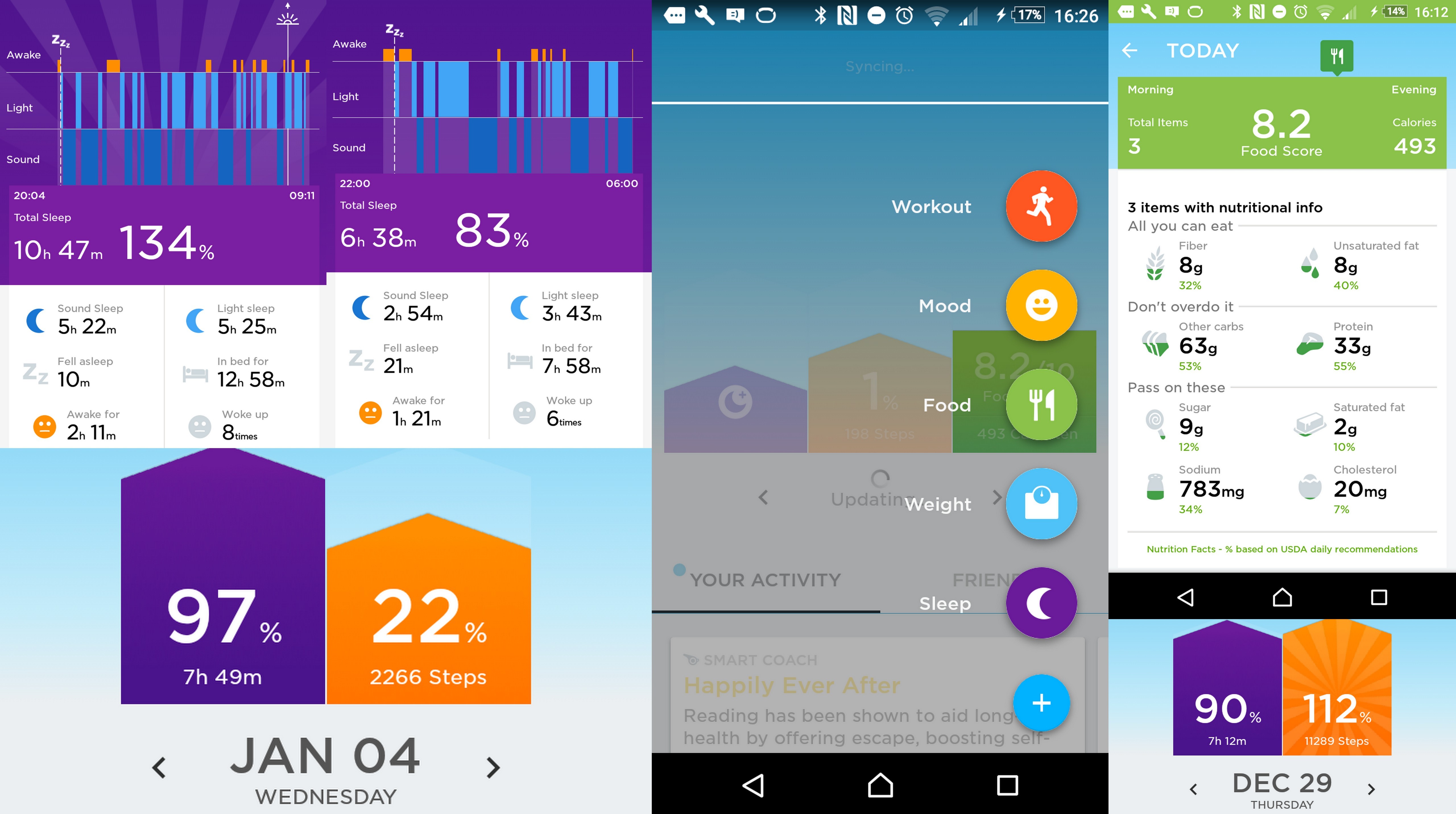
Unlike the UP3, which tracks heart rate and can give you your resting heart rate each morning, the UP2 just logs your sleeping patterns and activity through steps. You can also set ‘Idle Alerts’ so that the bracelet will warn you when you’ve been immobile for too long – and you can record your overall calorie intake thanks to a huge library of foods that can be ‘logged’ as well as your mood, weight, non-step based workouts and more, all via the Jawbone app.
I’ve been wearing the UP2 for over three weeks now, and it’s certainly opened my eyes to a few home truths. Here are a few handy lessons I picked up…
I don’t always sleep as well as I thought

The Jawbone UP2 tracks your sleep by assessing your movement – when you’re totally still it assumes you’re in ‘deep sleep’, when you move a little it’s considered ‘light sleep’ and lots of movement and you’re well and truly awake. Therefore, I imagine the results can’t be taken as absolute as it’s all a matter of algorithms and guesstimation. However, based on my own anecdotal evidence I’d say it is fairly accurate. The only really incorrect results happened when the bracelet had fallen off in my sleep.
Sleep Cycles: A Cyclist’s Guide to Good Sleep
I had considered myself a pretty competent sleeper. I’m usually in bed for about eight hours, and I’d class that as ‘about eight hours sleep’. Not so – I soon discovered that eight hours in bed does not necessarily constitute a good night’s sleep. In fact, I could be in bed for eight hours and sleep for just six.
There were other times, when sleep was clearly needed – I was out like a light and for far longer than normal. Seeing the level of sleep required at those times certainly helped me to better understand when my body was screaming out for recovery.
The sleep logging facility was absolutely my favourite. If I were disciplined enough I could probably log my evening activities – when my last dose of caffeine was and when I turned off screens – drawing correlations between action and good sleep.
My only criticism is that sometimes on the day of a big meeting or a breakthrough workout you don’t actually want to know that what you’re recalling as a solid eight hours in bed was actually six hours of tossing, one of turning, and one hour of light sleep.


